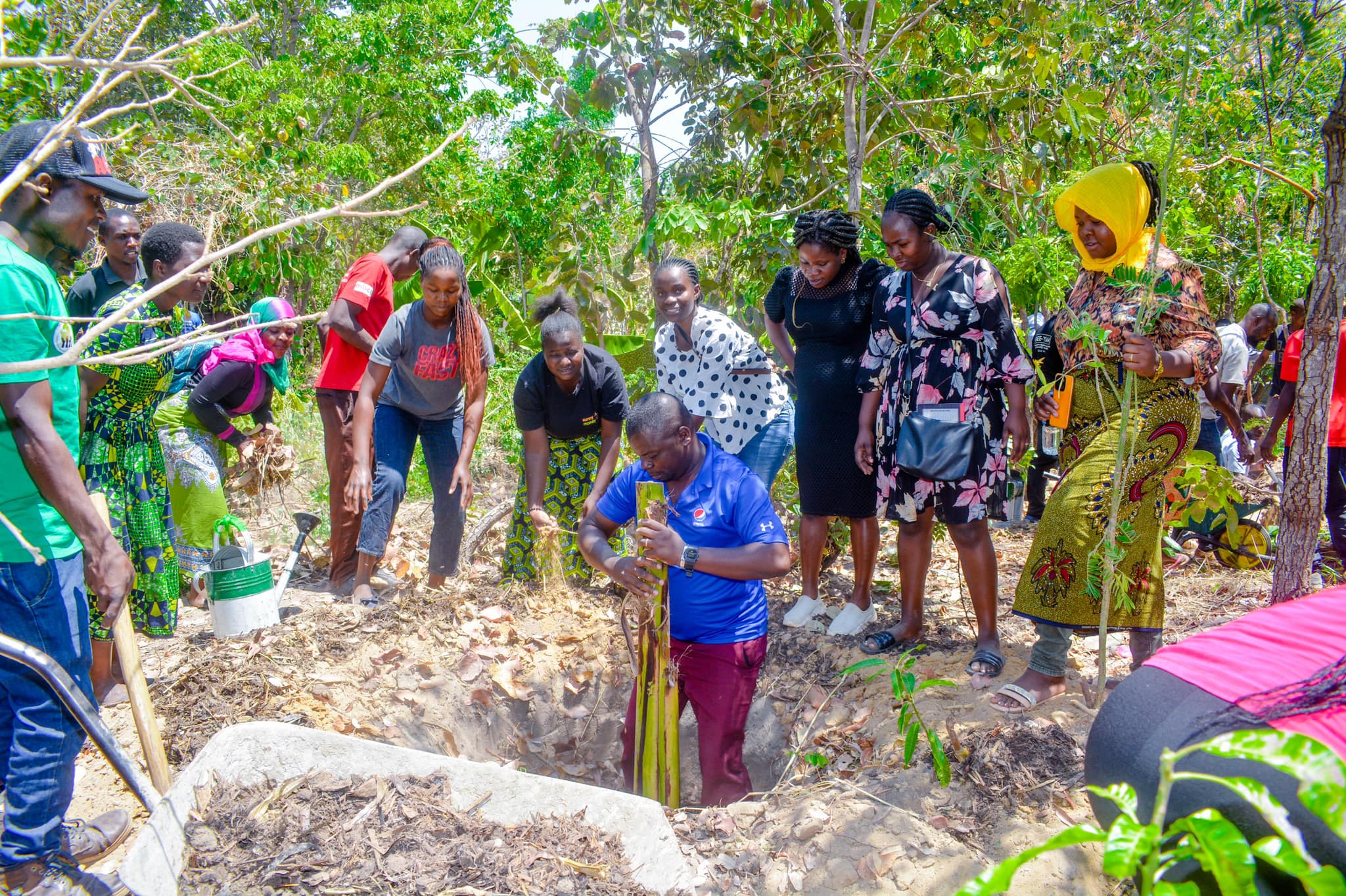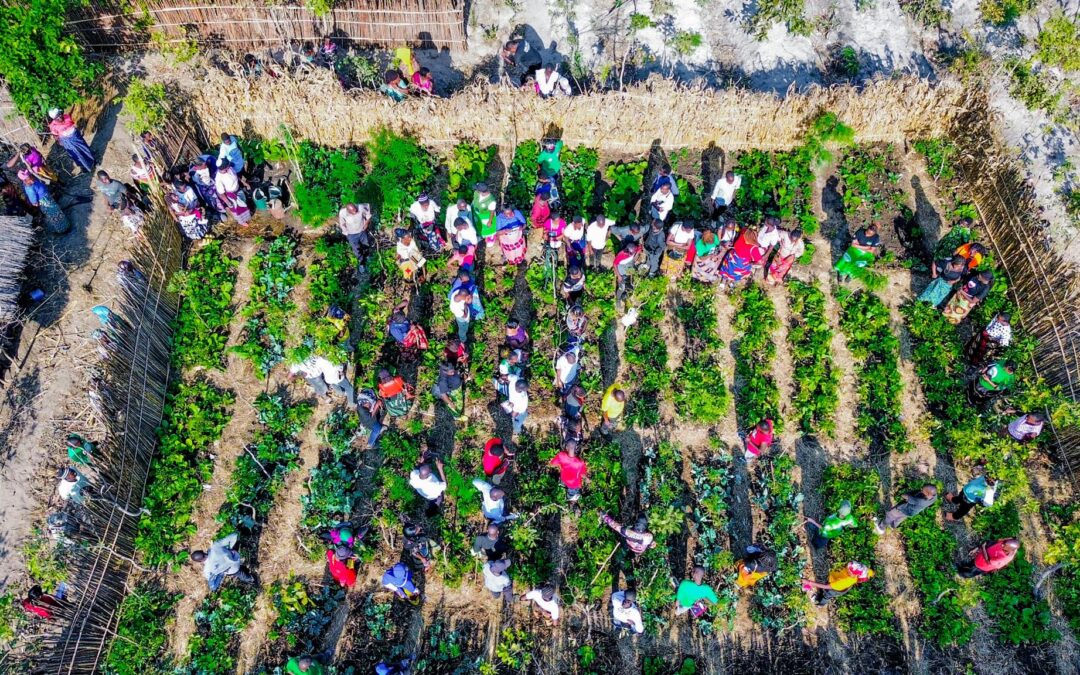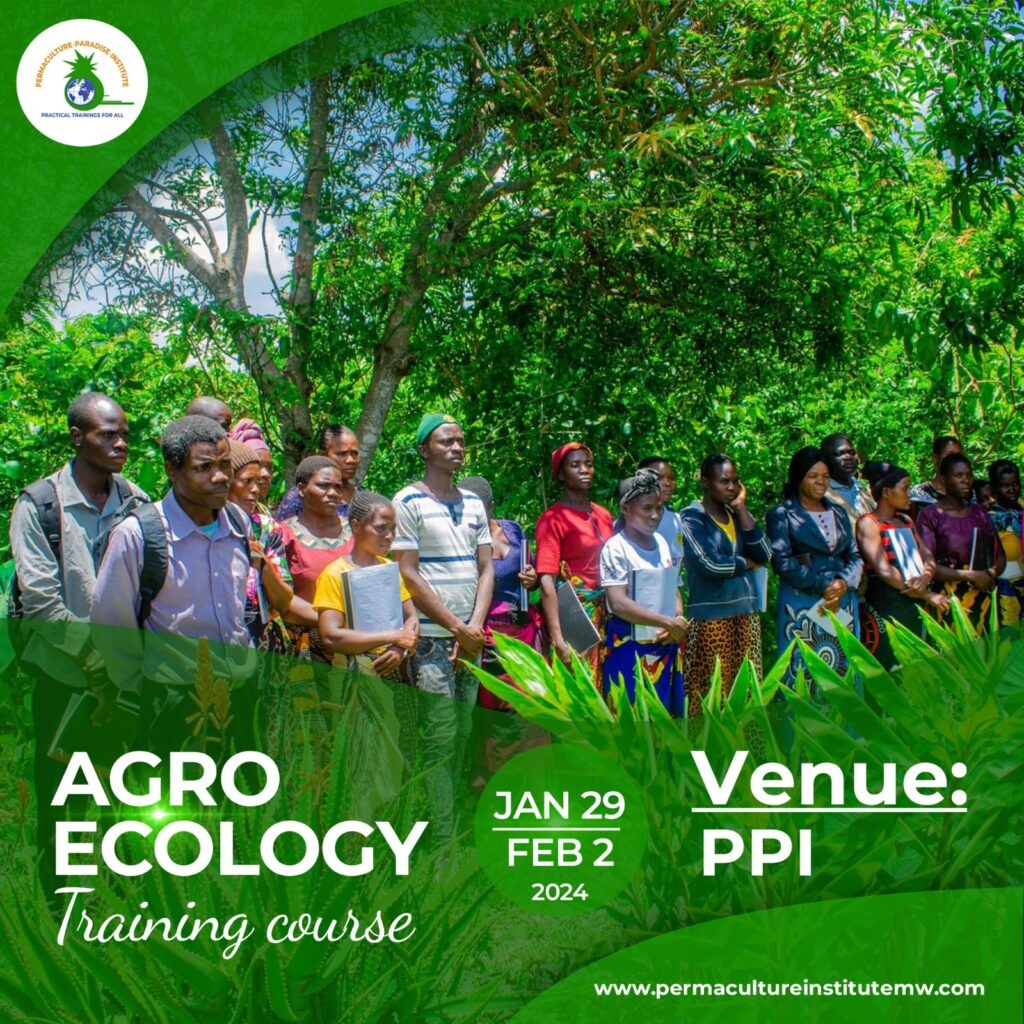Day four of the training course was nothing short of inspiring, as participants stepped out of the classroom and into the heart of a living example of rural and community transformation. This was no ordinary field visit—it was an immersion into a thriving model eco-village, where smallholder farmers have turned a once struggling community into a beacon of sustainable development.
As we arrived at the eco-village, the sense of pride and accomplishment was palpable. The community welcomed us with open arms, eager to share their journey and the incredible transformation they have achieved. What was once a barren and resource-poor area is now a lush, self-sufficient village brimming with life and productivity. The village is a testament to what can be achieved when a community comes together with a shared vision and a commitment to sustainable practices.
The heart of this transformation is the village’s smallholder farmers. These men and women, through sheer determination and the adoption of permaculture principles, have not only improved their own livelihoods but have also uplifted the entire community. Their farms are now vibrant ecosystems, where diverse crops, animals, and people coexist harmoniously. They have created a sustainable model that others are eager to learn from and replicate.
Participants had the opportunity to interact with these inspiring farmers, hearing firsthand how
they have managed to turn challenges into opportunities. One farmer proudly showed us his diverse garden, filled with everything from fruits and vegetables to medicinal plants and flowers. He explained how integrating different crops and livestock has not only improved soil health but has also provided a steady and varied source of income for his family.

The impact of these farming practices goes far beyond individual plots of land. As we walked through the village, it was clear that the benefits have spread throughout the entire community. Homes are surrounded by productive gardens, rainwater harvesting systems are in place, and the village has even established its own seed bank to preserve and share local crop varieties. There is a palpable sense of pride and self-reliance that permeates the village.
One of the most striking changes is the community’s focus on education and empowerment. The farmers, once isolated and struggling, have become leaders and educators, sharing their knowledge with others and mentoring the next generation. The village now hosts regular workshops and training sessions, attracting visitors from far and wide who come to learn from their success.

For our training participants, this visit was an eye-opening experience. They saw, in vivid detail, how sustainable farming practices can drive not just agricultural success but holistic community development. The farmers were generous in sharing their techniques and strategies, from soil management and crop diversification to water conservation and community organizing.
One of the most touching moments was when a village elder addressed the participants, saying, “This transformation did not happen overnight, and it did not happen alone. We worked hard, but we also learned from others and supported each other. That is why we are standing here today, a united, thriving community.”
Day four was more than just a field visit; it was a powerful demonstration of what is possible when communities take control of their own development. The eco-village stands as a model for rural and community development, showing that with the right knowledge, support, and determination, even the most marginalized communities can achieve sustainable growth and prosperity.
Our participants left the village not just with new knowledge but with a sense of hope and inspiration. They saw that sustainable development is not just a theoretical concept but a living, breathing reality that can be achieved through dedication and collective action.



